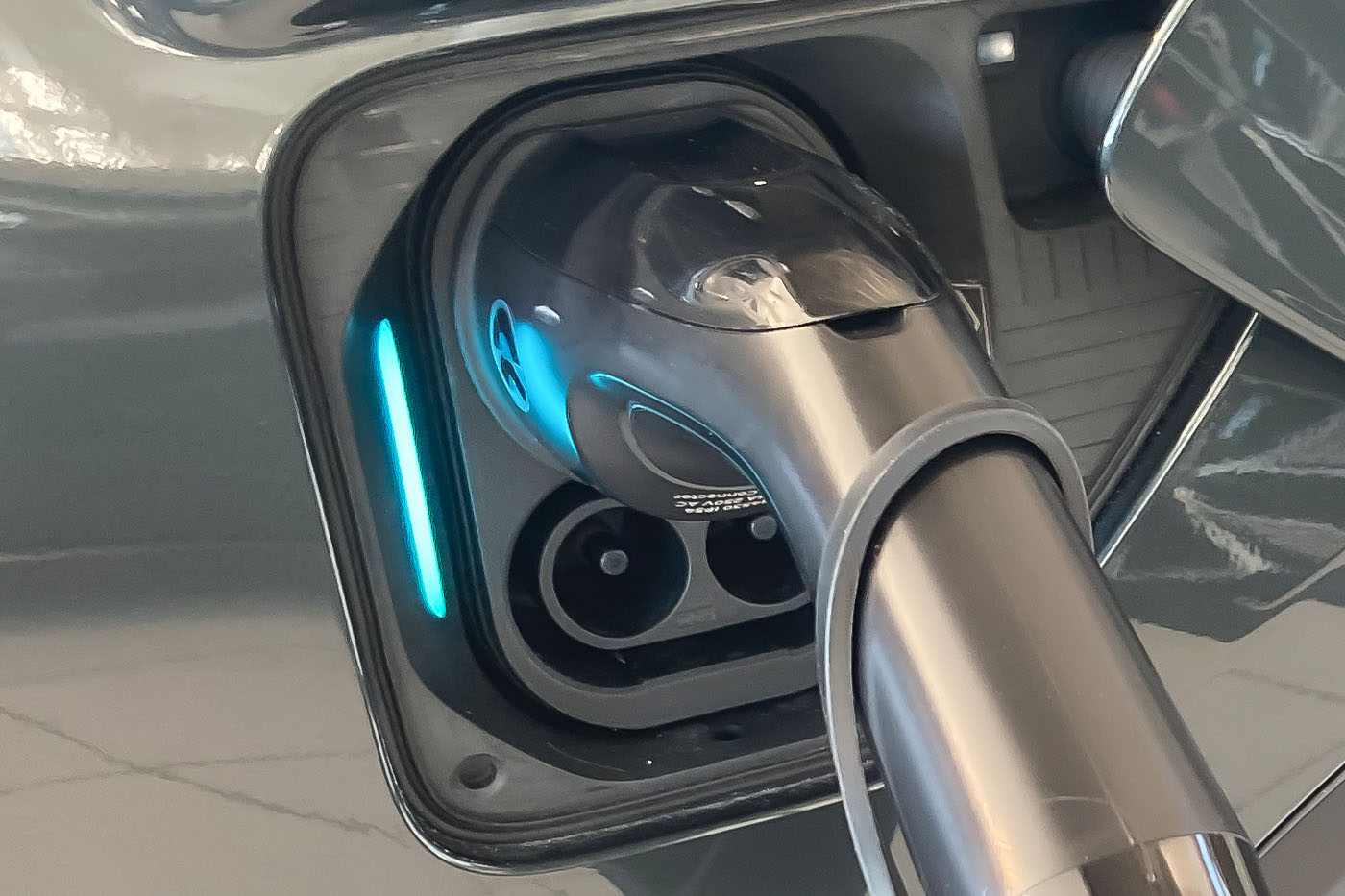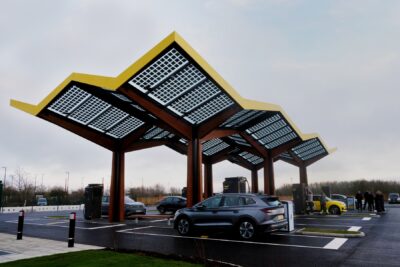2024 EV Index sees Denmark leading the European EV upswing
In its ranking, the initiators of the EV Index award up to 100 points to assess the introduction and support of electric cars in European nations. Denmark is at the top of the 2024 list with 76.7 points, followed by Norway (73.3) and Luxembourg (70.8). Germany (68.3) is in fifth place – one place lower than in 2023, with Poland, Cyprus, Hungary and Malta bringing up the rear.
Methodology: The index covers four areas, each of which is awarded a maximum of 25 points, which corresponds to the maximum total score of 100. The first quarter of the index relates to the density of charging points, the second to the average performance of public charging stations, the third to the proportion of electric vehicles in the total stock and the fourth to the ratio of registered electric vehicles to public charging stations. According to the index creators, the results reveal ‘both significant progress and ongoing challenges in the adoption and support of electric vehicles, highlighting key metrics that reflect growth and market maturity in Europe’. Behind the index is data specialist HERE Technologies and research and consultancy firm SBD Automotive. They cite the HERE charging station APIs, Eurostat and EAFO as the data source.
Referring back to the previous year’s results, the analysts state that the greatest improvements were achieved in Cyprus, Denmark, Greece, Lithuania, Finland and Romania, while Hungary, the
Czech Republic, Portugal, Spain, Croatia and the Netherlands slipped the most in the ranking.
As mentioned, the leader in the 2024 Index is Denmark, which has made a big leap from sixth place last year to first place. ‘This is due to the Danish government’s strong support for electrification, including tax exemptions and rebates,’ says a statement from the index publishers. Last year’s first-placed Norway – now in second place – continues to impress with a very high proportion of electric vehicles in its total fleet. However, the number of available public charging stations is declining slightly, it says.
With almost 1.5 million registered battery-electric vehicles, Germany is the country with the most electric vehicles in Europe. However, the EV Index from HERE Technologies and SBD Automotive also shows the weakening of the German market, “reflecting the need for greater infrastructure investment as government incentives wane and EV adoption slows,” the analysts wrote. Nevertheless, the German infrastructure figures, such as the number of charging stations per BEV, have improved slightly due to continuous investment in the charging infrastructure.
It is interesting to note that the UK ranks at the back of the pack. The reason is explained as such: “Although the UK government has pledged to increase the number of public charging stations, progress is slow, widening the gap with European countries such as Germany and the Netherlands,” the 2024 Index report states. There is also a risk that the UK will fall further behind “unless significant investment is made in public charging networks.”
HERE and SBD Automotive Index results have also been published for India and the USA. The results can be found here (USA) and here (India). For the US, growth was evident, although it lags behind Europe: “The US grows public charging power by 82% while Europe grows by 115% since the 2023 Index.” Furthermore, the report asserts that “only 3 US States and Washington, D.C. have achieved [an] optimal ratio of EVs to public chargers.” The specific states were Delaware, Massachusetts and Nevada.
For India, the comparisons do not work as well, as this is the first year that the analysis has been conducted there. The study found that the state of Chandigarh leads the index with better charger availability and BEV fleet penetration than the other states, while Delhi excels in access to charging infrastructure. In other statistical leads, Rajasthan shows the highest BEV fleet penetration, and Uttar Pradesh hosts the largest BEV fleet in India.
Robert Fisher, Electrification and Sustainability Principal at SBD Automotive, explains how the growing e-mobility scene is being developed from multiple angles: “Automakers, energy companies, and governments are all deeply invested in developing the charging infrastructure that’s essential for the future of electric mobility. This herculean effort requires seamless coordination, not just among the industry players, but also with consumers, to ensure that demand for EVs is balanced with supply of both vehicles and charging options.”





0 Comments